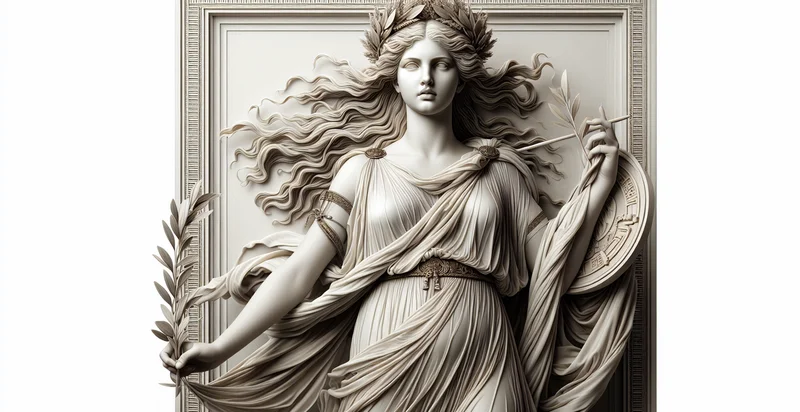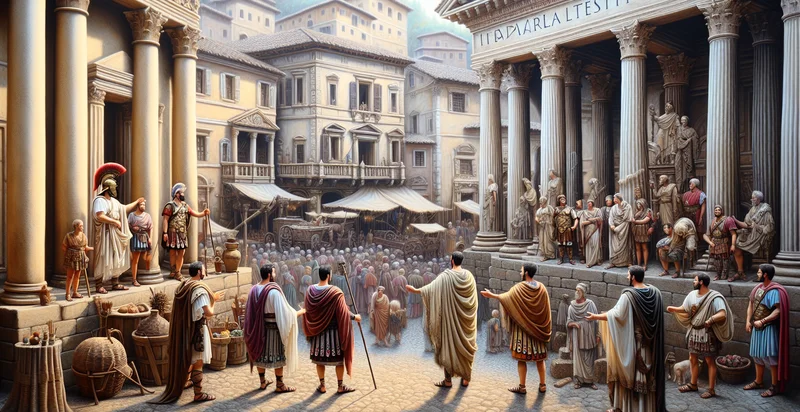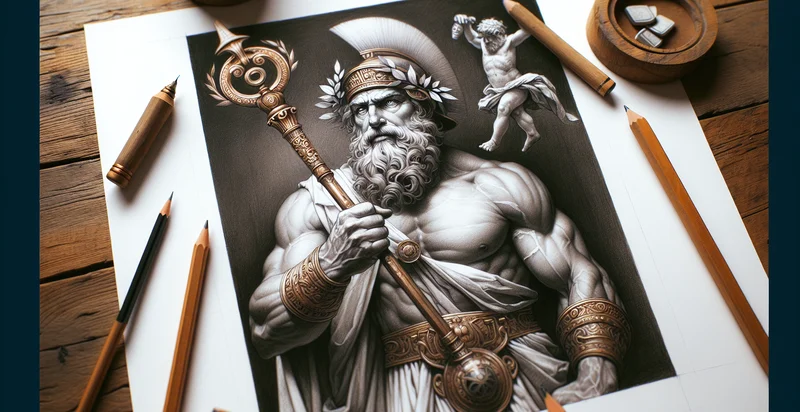Identify roman goddess by picture
using AI
Below is a free classifier to identify roman goddess by picture. Just upload your image, and our AI will predict which Roman goddess is depicted in the image. - in just seconds.

Contact us for API access
Or, use Nyckel to build highly-accurate custom classifiers in just minutes. No PhD required.
Get started
import nyckel
credentials = nyckel.Credentials("YOUR_CLIENT_ID", "YOUR_CLIENT_SECRET")
nyckel.invoke("roman-goddess-by-picture", "your_image_url", credentials)
fetch('https://www.nyckel.com/v1/functions/roman-goddess-by-picture/invoke', {
method: 'POST',
headers: {
'Authorization': 'Bearer ' + 'YOUR_BEARER_TOKEN',
'Content-Type': 'application/json',
},
body: JSON.stringify(
{"data": "your_image_url"}
)
})
.then(response => response.json())
.then(data => console.log(data));
curl -X POST \
-H "Content-Type: application/json" \
-H "Authorization: Bearer YOUR_BEARER_TOKEN" \
-d '{"data": "your_image_url"}' \
https://www.nyckel.com/v1/functions/roman-goddess-by-picture/invoke
How this classifier works
To start, upload your image. Our AI tool will then predict which Roman goddess is depicted in the image..
This pretrained image model uses a Nyckel-created dataset and has 25 labels, including Aurora, Bona Dea, Ceres, Diana, Fama, Fortis, Fortuna, Hilaritas, Hygieia and Invidia.
We'll also show a confidence score (the higher the number, the more confident the AI model is around which Roman goddess is depicted in the image.).
Whether you're just curious or building roman goddess by picture detection into your application, we hope our classifier proves helpful.
Related Classifiers
Need to identify roman goddess by picture at scale?
Get API or Zapier access to this classifier for free. It's perfect for:
- Art and Cultural Education: Museums and educational platforms can utilize the identifier to classify and contextualize artwork depicting Roman goddesses. This will enhance user engagement by providing detailed information and connections between visual art and historical significance.
- E-commerce Product Tagging: Online retailers specializing in art prints or goddess-themed merchandise can implement the function to accurately tag product images. This will improve searchability, helping customers find specific Roman goddess-related items more efficiently.
- Social Media Content Curation: Influencers and brands focused on mythology or classical themes can use the identifier to categorize visual content correctly. By enhancing content tagging, they can improve audience targeting and boost engagement through relevant and relatable posts.
- AI Art Generation: Companies in the AI art generation space can incorporate the identifier to train models in recognizing and generating images of Roman goddesses. This will expand their creative offerings and provide users with more contextually relevant art options.
- Themed Events and Entertainment: Event planners for themed functions, such as masquerades or mythology conventions, can use the identifier to guide their decor and promotional material choices. This will ensure a coherent aesthetic that resonates with attendees interested in Roman mythology.
- Educational Curriculum Development: Educational institutions can leverage the identifier as a tool in developing teaching materials related to Roman history and mythology. By including accurate visual references to Roman goddesses, educators can enhance literature, art, and history classes.
- Augmented Reality Experiences: Developers creating augmented reality applications can integrate the identifier to provide immersive experiences featuring Roman goddesses in historical simulations. This can attract users looking for unique cultural experiences and educational content.


